The socket wrench, a tool that has become indispensable in every mechanic’s toolkit, has a rich and interesting history. Its invention, which dates back to centuries ago, heralded a new era in the field of mechanical work and tool engineering. This document will delve into the timeline of its invention and the profound impact it had on various industries.
What are the parts of a socket?
A socket wrench, a simple yet crucial tool, is composed of three main parts: the handle, the drive socket, and the ratcheting mechanism. The handle, also known as the ‘ratchet’, is the part that the user manipulates to transfer torque to the fastener. It is usually designed with a comfortable grip that allows for easy handling and control. The drive socket, on the other hand, is the part that fits onto the fastener that needs adjusting. It comes in a variety of sizes, ensuring compatibility with a plethora of fastener sizes commonly found in different applications.
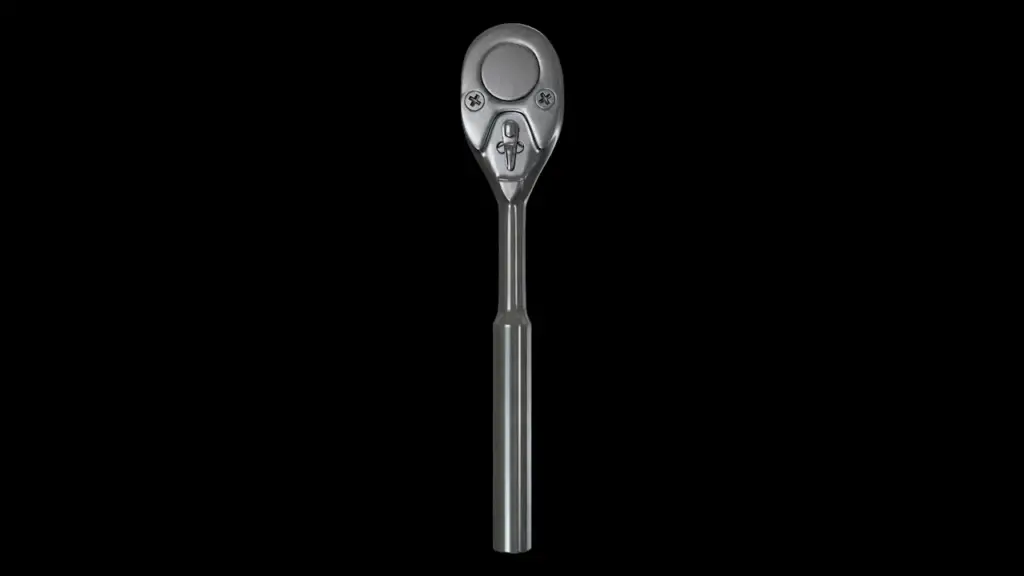
The ratcheting mechanism is what sets the socket wrench apart from conventional wrenches. It allows the handle to turn the drive socket in one direction only, usually used for tightening. This feature is particularly useful when working in tight spaces where limited movement is possible. Conversely, the ratcheting mechanism also enables the handle to turn the drive socket in the opposite direction, usually used for loosening. This versatility ensures that the socket wrench can be used effectively in various situations.
Each part, from the handle to the drive socket and the ratcheting mechanism, plays a critical role in the functionality and efficiency of the socket wrench as a whole. The combination of these components makes the socket wrench a versatile and indispensable tool for professionals and DIY enthusiasts alike. [1]
What were sockets used for?
Historically, sockets have been utilized in a multitude of fields, primarily where the assembly and disassembly of components were required. They have been indispensable in automotive repair, construction, furniture assembly, and many mechanical industries. Sockets were essential for tightening or loosening fasteners, such as nuts and bolts, that regular wrenches could not effectively handle. Their ability to fit onto various sizes of fasteners made them versatile and highly efficient, reducing the amount of physical effort required to perform intricate mechanical tasks.
Furthermore, sockets have revolutionized the way tasks are accomplished, evolving from simple mechanical tools to becoming a cornerstone of modern engineering. With advancements in manufacturing techniques and material sciences, sockets are now engineered to withstand high torque and provide precise control, ensuring accurate and reliable fastening. This has led to the expansion of socket usage beyond basic mechanical tasks, finding applications in diverse fields, ranging from home improvement projects to advanced aerospace engineering.
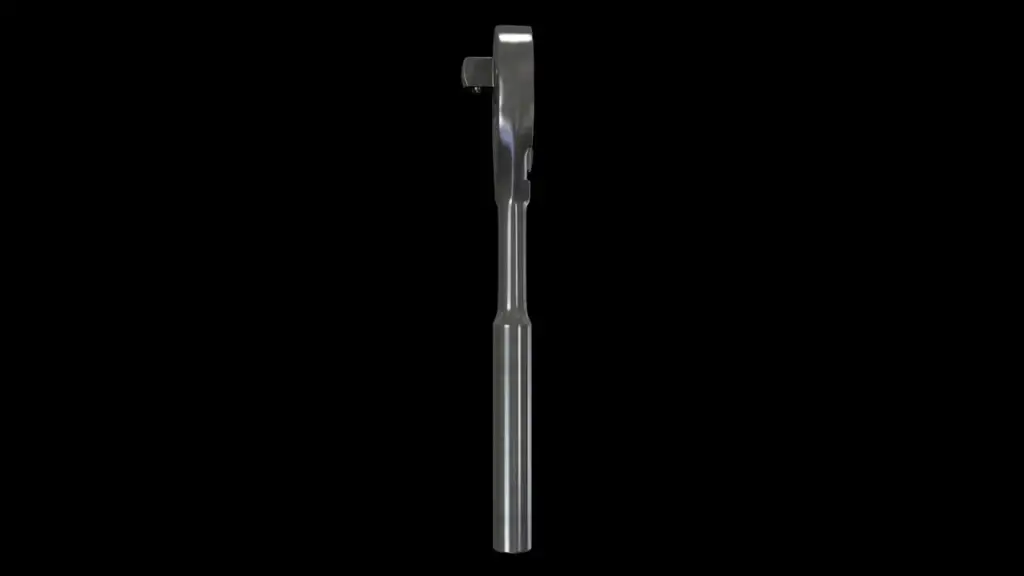
The versatility and adaptability of sockets have made them an indispensable tool in various industries, facilitating efficient and precise work. As technology continues to evolve, sockets will undoubtedly play a crucial role in shaping the future of engineering and manufacturing. [1]
How were sockets developed?
The development of socket wrenches occurred incrementally over time, with different inventors contributing to its evolution. The first primitive form of a socket wrench dates back to the Middle Ages when blacksmiths made ‘box wrenches’— crude tools that had a socket permanently fixed onto a handle. As technology advanced in the 19th century, the socket wrench began to take its modern shape. The first patent for a socket wrench was granted to an American inventor, J.J. Richardson, in 1863. His design included interchangeable sockets, a significant advancement from the fixed socket design.
Over the following decades, further improvements were made to enhance the functionality and versatility of the socket wrench. Innovators explored various designs and materials, refining the tool’s performance. One notable enhancement was the addition of the ratcheting mechanism, which allowed the wrench to continue turning the socket in one direction without removing it from the bolt. This innovation revolutionized the efficiency and ease of use of the socket wrench.
By the mid-20th century, the socket wrench had evolved into the versatile, efficient tool we recognize today. Its adaptability to different socket sizes, combined with the convenience of the ratcheting mechanism, made it an indispensable tool for various industries and applications. From automotive repairs to construction projects, the socket wrench continues to play a crucial role in ensuring precision and effectiveness.
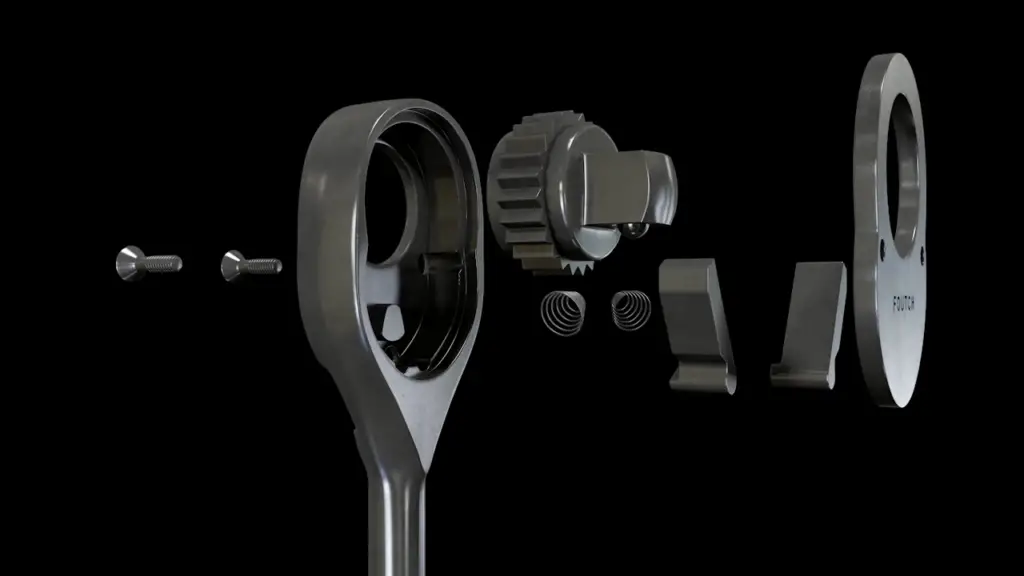
The evolution of the socket wrench showcases the ingenuity and dedication of inventors throughout history. Their relentless pursuit of improvement has resulted in a tool that has revolutionized the way we approach mechanical tasks. As we continue to advance technologically, it is fascinating to imagine the possibilities for further enhancements and innovations in the world of tools and equipment. [2]
Modern-Day Sockets
In the present day, the socket wrench has become an indispensable tool in diverse industries, from automotive to aerospace. Its design has seen continuous refinements and innovations to meet the ever-evolving needs of professionals. With a comprehensive array of socket sizes, the socket wrench can accommodate any fastener, ensuring versatility and efficiency in various applications.
Modern sockets are crafted from high-quality chrome vanadium steel, renowned for its exceptional durability and resistance to corrosion. These robust materials ensure that the sockets can withstand the toughest tasks, providing long-lasting performance even in demanding environments.
To enhance user convenience, many sockets are now color-coded or engraved with the corresponding size, enabling quick and easy identification. This simple yet effective feature saves valuable time and eliminates guesswork when selecting the right socket for the job.
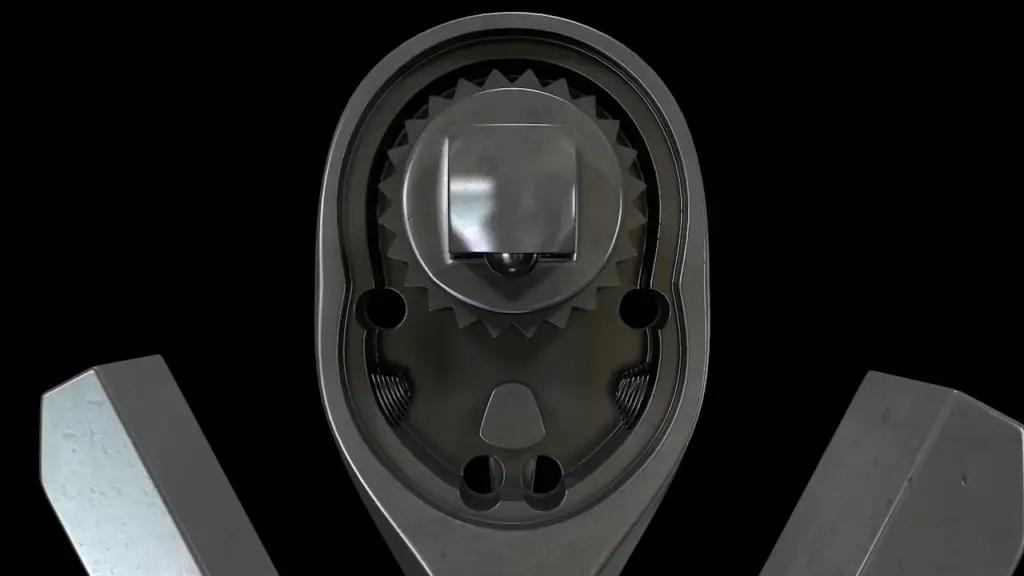
Furthermore, sockets come in different designs, such as deep or shallow, to cater to the varying locations and accessibility of fasteners. The deep sockets are perfect for reaching recessed or hard-to-reach areas, while the shallow sockets are ideal for situations where space is limited.
In addition to their standard functionalities, some sockets include advanced features to further elevate their performance. For instance, a universal joint allows for increased maneuverability in tight spaces, enabling users to reach fasteners at challenging angles. Impact sockets, designed for use with powered torque wrenches, offer superior strength and durability when dealing with high torque applications.
Keeping up with the digital age, we have also witnessed the introduction of smart socket wrenches. These innovative tools provide digital readouts of torque values, ensuring precision and accuracy in every task. This integration of technology highlights the continued evolution of the socket wrench, further solidifying its importance in modern industries.
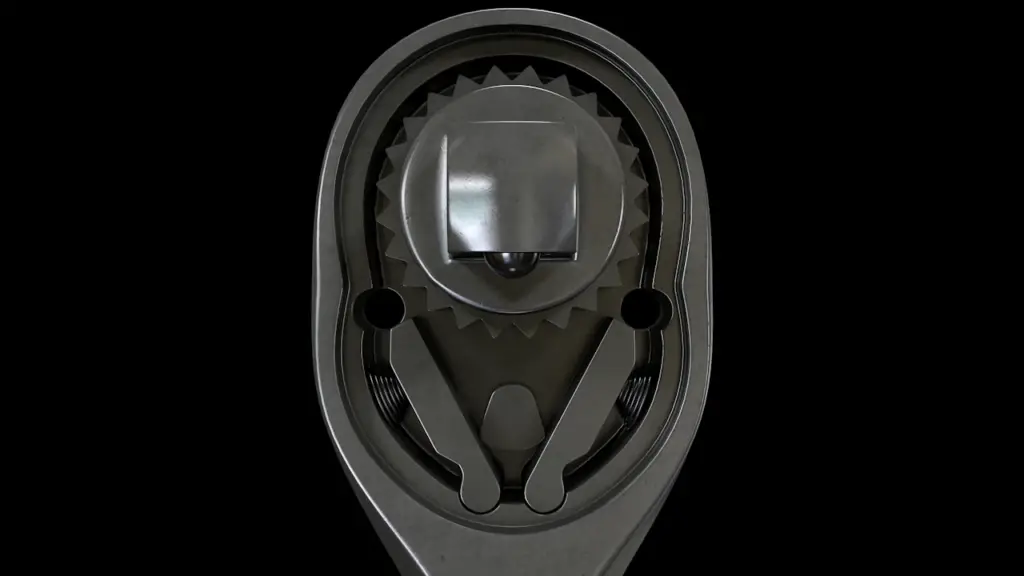
FAQ
Who invented the first socket wrench?
The invention of the first socket wrench cannot be attributed to a single individual. Records indicate that the early iterations of the socket wrench originated in the mid-15th century, often attributed to the work of skilled European craftsmen. However, it was not until the 19th century when the modern design of the socket wrench began to take shape. Solomon Merrick, an American inventor, received the first patent for a socket wrench in 1835, marking a significant step in the evolution of this tool.
Who invented the sockets?
Just as with the socket wrench, the invention of the socket itself cannot be definitively credited to a single individual. The concept of a socket – a hollow object designed to fit onto a counterpart, such as a bolt or nut – is centuries old. However, the development and standardization of modern sockets that we use today largely took place during the industrial revolution in the 19th century. The increasing complexity of machinery during this period necessitated the development of a wide array of sockets of different shapes and sizes. Despite the lack of clear documentation regarding a specific inventor, it is evident that the socket, like the socket wrench, is a product of collective human ingenuity and the progression of industrial technology.
What is the history of socket wrench?
The history of the socket wrench is fascinating and complex. While socket wrenches have been around since the 15th century, Solomon Merrick introduced the modern socket wrench in 1835 with the first patent. His design became the basis for various socket wrenches, including the ratchet wrench and torque wrench, used universally today. The design has continuously improved to enhance efficiency and ease of use.
In the early 20th century, companies like Snap-on and Craftsman produced high-quality socket sets. Socket wrenches evolved from simple hand tools to integral components of complex machines and power tools, enabling users to work with speed and precision. The socket wrench has transformed from a hand tool to an essential part of the modern mechanical world, adapting alongside machinery and automotive industries. This illustrates the timeless relevance and adaptability of the socket wrench.
How long have wrenches existed?
Wrenches, in their most basic form, have been around for thousands of years. Historical evidence suggests that wrench-like tools were used in ancient Egypt, around 1500 BC. Primitive wrenches were often made from wood or bones and were used to tighten ropes or cords. However, the adjustable wrench that we are familiar with today, typically made from metal and capable of grasping nuts or bolts of varying sizes, emerged much later. This modern wrench design dates back to the early 19th century, coinciding closely with the industrial revolution and the advent of more complex machinery. The journey of the wrench, from a simple wooden device to the highly sophisticated and specialized tool we know today, is a testament to the progression of human engineering and innovation.
What is the oldest wrench?
The oldest wrench known to us is not identical to the modern wrenches we are familiar with today. Historical artifacts suggest that the earliest forms of wrenches were used in ancient Egypt around 1500 BC. These primitive wrenches were typically constructed from organic materials such as wood or even bone. Their primary function was to tighten or loosen ropes or cords, serving a similar purpose to modern wrenches but in a more rudimentary fashion. It is fascinating to consider how these ancient, simple tools have evolved over the centuries, eventually becoming the sophisticated, multi-purpose wrenches that are now an essential part of modern engineering and mechanics.
What is the oldest hand tool?
The oldest hand tool known to humanity is the stone tool. Archaeological evidence suggests that hominids were using stone tools as far back as 2.5 million years ago during the Paleolithic era. These primitive tools, known as Oldowan tools, were fairly simple and rudimentary, often consisting of small rocks that were chipped or flaked to create sharp edges. Despite their simplicity, these early tools represented a significant leap forward in human development, paving the way for the complex tools and technologies we use today. They were used for cutting, scraping, and chopping tasks, playing a critical role in early human survival and evolution. Today, the discovery and study of these ancient stone tools provide invaluable insights into our early ancestors’ lives and technological advancements.
How old are human tools?
The first human tools, known as Oldowan tools, are estimated to be about 2.5 million years old. These tools, named after the Olduvai Gorge in Tanzania where they were first discovered, were made by early hominids during the Paleolithic era, also referred to as the Old Stone Age. The Oldowan tools were primarily made from chipped or flaked rocks and were rudimentary in design, reflecting the early stage of human technological evolution.
These innovative tools played a vital role in early human survival. They were versatile and served various purposes such as cutting, scraping, and chopping. With their primitive yet effective design, the Oldowan tools enabled our ancestors to adapt to their environment, obtain food, and protect themselves from predators. The invention of these simple tools marked a crucial turning point in human evolution, setting the stage for the development of more sophisticated tools and paving the road to modern civilization.
By using the Oldowan tools, early hominids demonstrated their resourcefulness and problem-solving abilities. They harnessed the natural materials around them to shape their environment and overcome challenges. The ingenuity displayed in the creation and usage of these tools laid the foundation for future advancements in technology and innovation.
The significance of the Oldowan tools extends beyond their immediate practicality. They represent a milestone in human history, showcasing the early stages of our species’ intellectual and technological progress. The evolution of tools from simple rocks to complex machinery mirrors the advancement of human civilization as a whole. It is a testament to our innate drive for improvement and our ability to adapt and thrive in an ever-changing world.
In conclusion, the Oldowan tools were not only a means for survival but also a catalyst for human development. They exemplify the ingenuity and resourcefulness of our early ancestors and set the stage for the remarkable advancements that would follow. These humble tools paved the way for the progress and achievements that define modern civilization.
Useful Video: Socket Wrench Animation
Conclusion
In conclusion, the history of tools is a fascinating and captivating narrative that beautifully reflects the journey of human evolution. It all began with the earliest rudimentary stone tools crafted by our early hominid ancestors approximately 2.6 million years ago. These simple tools, though basic in nature, marked the beginning of a remarkable journey that would eventually lead to the creation of the complex and specialized tools we utilize today.
As civilization progressed, so did the sophistication of our tools. The evolution of tools is a true testament to the boundless innovation and adaptability of the human species. Take, for instance, the socket wrench – a seemingly ordinary tool found in almost every toolkit nowadays. Its invention in the mid-19th century revolutionized numerous industries, ranging from automotive repair to aerospace engineering. This revolutionary tool showcased the immense importance of advancements in tool design to the overall progress of human civilization.
Looking ahead, as we continue to propel forward, we can expect our tools to evolve further, driven by our ceaseless pursuit of efficiency and convenience. The ongoing quest for improvement will undoubtedly shape the tools we use, ushering in a new era of innovation and technological advancement. The future holds endless possibilities for the tools of tomorrow, as they continue to play an integral role in the ever-evolving landscape of human achievement and accomplishment.
References
- https://www.wonkeedonkeetools.co.uk/sockets-and-socket-sets/a-brief-history-of-the-socket
- https://hausoftools.com/blogs/news/history-and-origin-of-wrenches-and-ratchets






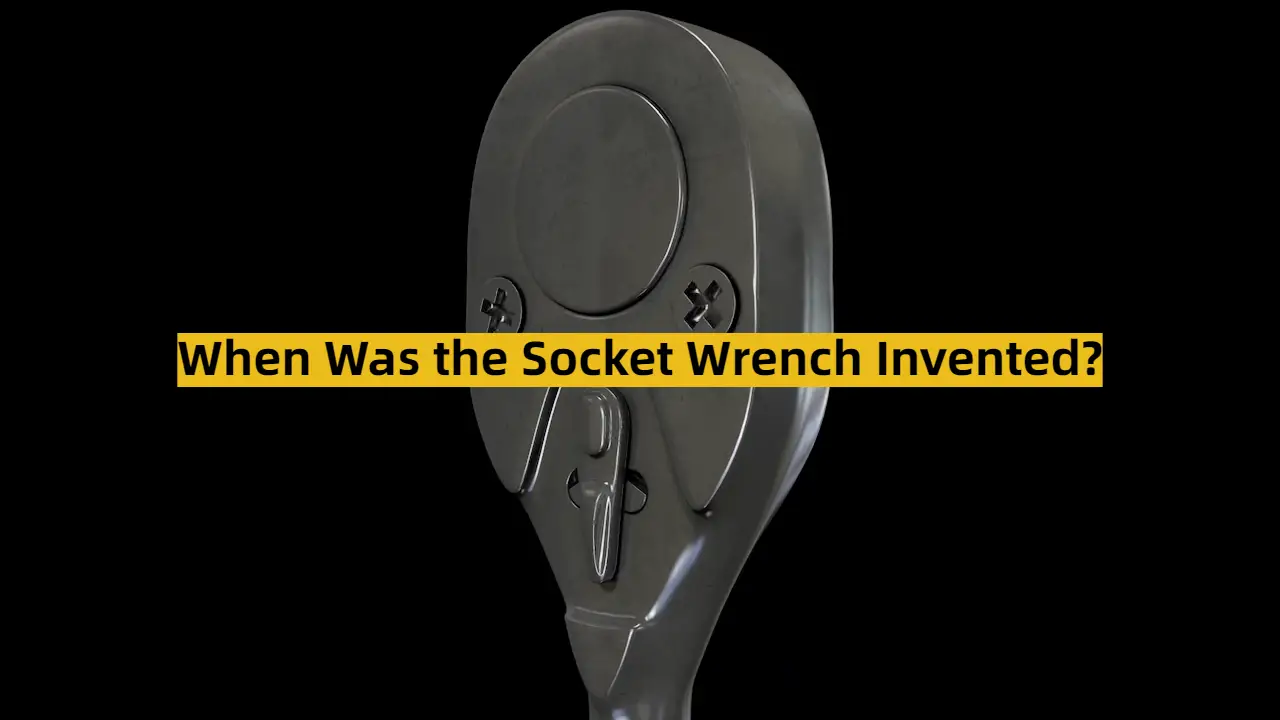






Leave a Reply